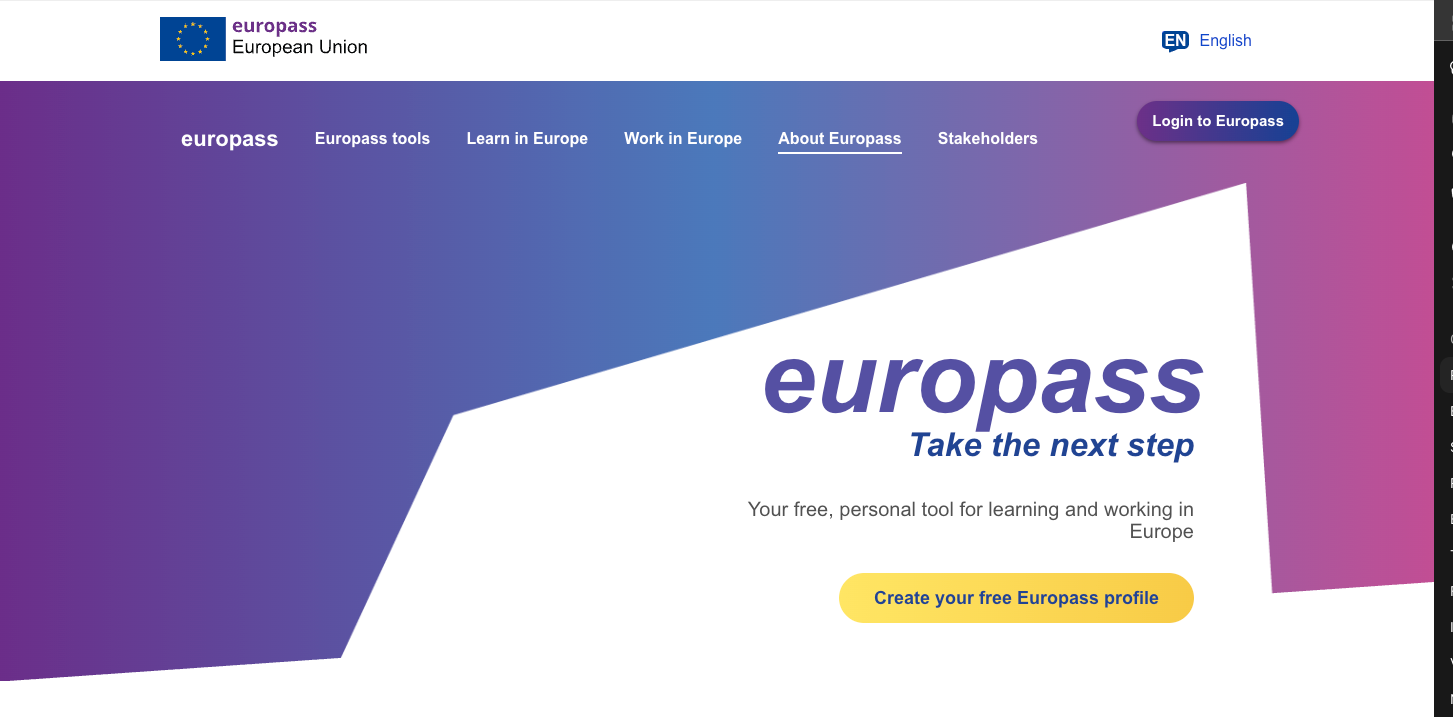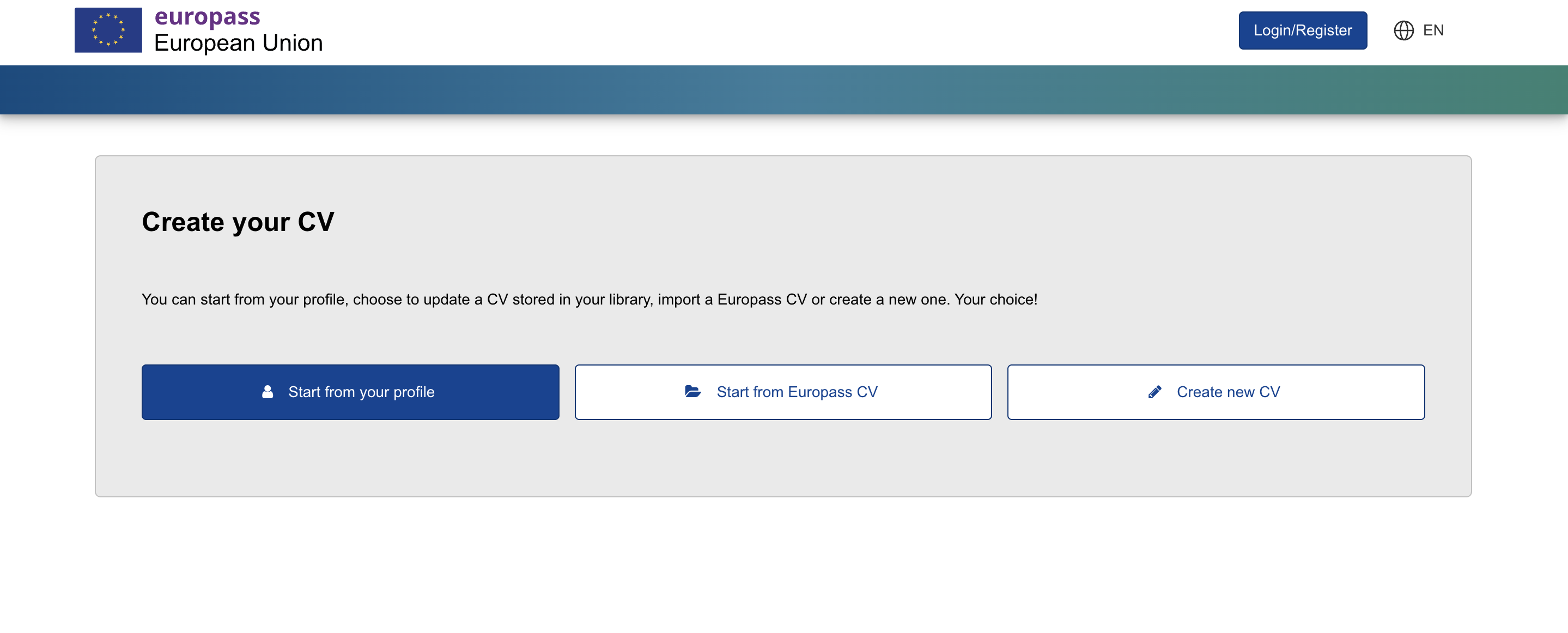How to Create a Europass CV for New Graduate Nurses

Are you a new graduate nurse planning to work in Europe? One of the easiest ways to present your qualifications in a professional, internationally recognized format is by creating a Europass CV.
The Europass CV is accepted in all EU and EEA countries, making it perfect for nurses applying to hospitals, clinics, and care facilities abroad. Even if you’re fresh out of nursing school, Europass helps you showcase your skills, clinical training, and potential in a clear, structured way.
This guide will walk you through the process step-by-step so you can create your CV directly on the official Europass website — completely free.
Step-by-Step Guide
-
Go to the Official Europass Website
Visit: europa.eu/europass and click "Create your Europass CV" at the top of the page.

💡 Tip: Make sure you’re on the official EU site — avoid any third-party websites that might charge you for the same service.
-
Create or Log Into Your Account
You can start without an account, but registering offers big benefits like saving your profile for easy updates, storing multiple CV versions, and keeping all your documents in one secure place.
-
Start the CV Builder
Click "Create CV" and choose whether to fill in the form from scratch, import from your profile, or upload a previous version.

-
Fill in Your Personal Information
Include your full name, professional title (Registered Nurse or EEA-trained Nurse), contact details, nationality, and language skills.
📌 Avoid including your full street address unless specifically required — city and country are usually enough.
-
Add Your Work Experience (Even Without a Job History)
If you don’t have formal nursing employment yet, list your clinical placements, internships, volunteer work, or any healthcare assistant roles.
Example:
Nursing Intern – University Hospital Lublin (April–July 2025)
Assisted in patient care, vital signs monitoring, and wound dressing in the surgical ward. -
Add Your Education and Training
Include your nursing degree, special courses (e.g., Basic Life Support, Infection Control), and any other healthcare certifications.
💡 If trained in an EEA country, mention “EEA-compliant nursing qualification” to help employers know your degree meets EU standards.
-
Highlight Your Skills
Divide into clinical skills (medication administration, wound care), soft skills (empathy, communication, teamwork), and languages.
-
Select Your CV Template
It’s advised that you choose one with the Europass logo — this ensures employers immediately recognize it as the official format. You can still adjust sections and colors to match your preferences.

-
Preview and Download Your CV
When you’re done, click "Preview" to check formatting and layout, then select "Download as PDF." Save it with a professional name: Firstname_Lastname_CV.pdf.
Final Tips for Nursing Graduates
- Keep it 1–2 pages for clarity.
- Use action verbs like assisted, coordinated, administered.
- Proofread — spelling errors look unprofessional.
- Pair it with a strong cover letter.
✅ You’re ready! Head to europa.eu/europass and start building your CV. For new nurses seeking work abroad, the Europass CV is your professional passport into the European healthcare system.
